Archives
- 2025-12
- 2025-11
- 2025-10
- 2025-09
- 2025-03
- 2025-02
- 2025-01
- 2024-12
- 2024-11
- 2024-10
- 2024-09
- 2024-08
- 2024-07
- 2024-06
- 2024-05
- 2024-04
- 2024-03
- 2024-02
- 2024-01
- 2023-12
- 2023-11
- 2023-10
- 2023-09
- 2023-08
- 2023-07
- 2023-06
- 2023-05
- 2023-04
- 2023-03
- 2023-02
- 2023-01
- 2022-12
- 2022-11
- 2022-10
- 2022-09
- 2022-08
- 2022-07
- 2022-06
- 2022-05
- 2022-04
- 2022-03
- 2022-02
- 2022-01
- 2021-12
- 2021-11
- 2021-10
- 2021-09
- 2021-08
- 2021-07
- 2021-06
- 2021-05
- 2021-04
- 2021-03
- 2021-02
- 2021-01
- 2020-12
- 2020-11
- 2020-10
- 2020-09
- 2020-08
- 2020-07
- 2020-06
- 2020-05
- 2020-04
- 2020-03
- 2020-02
- 2020-01
- 2019-12
- 2019-11
- 2019-10
- 2019-09
- 2019-08
- 2019-07
- 2018-07
-
Based on the results of
2022-06-05

Based on the results of , TAE226 appeared to have the best overall profile, so our efforts were then devoted to using 5-(-propyl)pyrimidine as the right-hand nitrogen attachment to optimize the R group of (). Analog was synthesized using the reaction conditions from , while analogs and were sy
-
As disclosed in our preceding paper medicinal chemistry SAR
2022-06-05
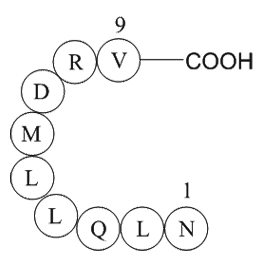
As disclosed in our preceding paper, medicinal chemistry SAR optimization of an HTS hit led to the discovery of , a potent and selective GPR119 agonist. This scaffold differs significantly from the ‘classical’ GPR119 pharmacophore, exemplified by the examples and (). Notably, Fosaprepitant lack
-
A subsequent modeling study by a different group
2022-06-05

A subsequent modeling study by a different group was based on the bovine rhodopsin homology model using the 1L9H construct [38]. However, the site-directed mutagenesis data and docking suggested that the niacin-binding pocket is different to that described in the aforementioned report, but similar t
-
Elimination of the Q R bridge significantly affected
2022-06-05
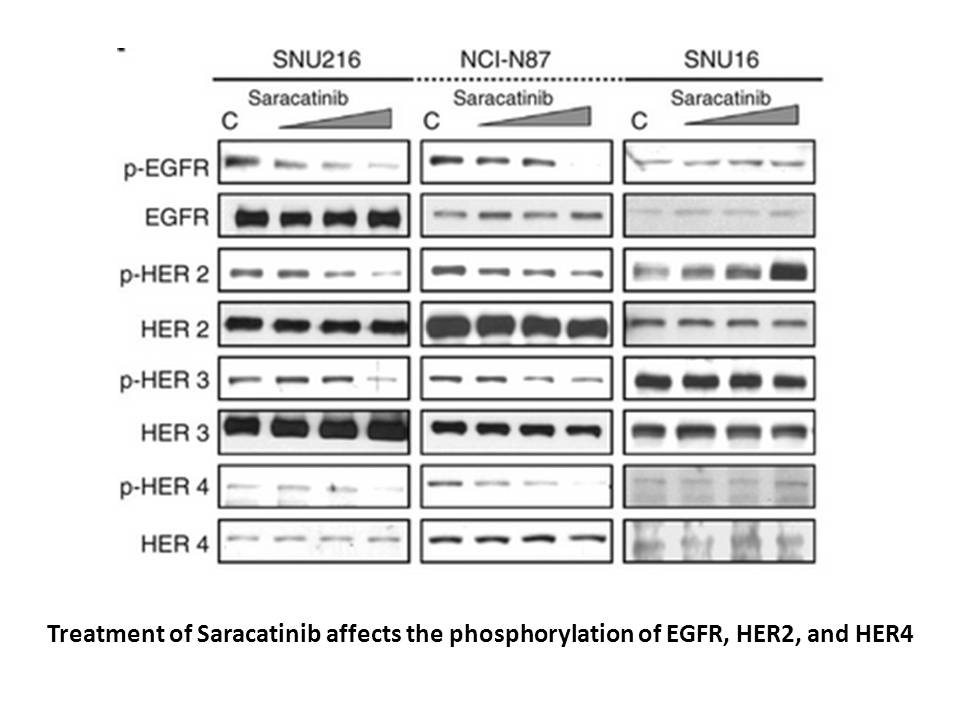
Elimination of the Q234–R244 bridge significantly affected the protein Tunicamycin but had little effect on its activity at a permissive temperature, which may seem contrary to the known functional importance of this motif in Fpg. However, since the mutants fully or partially retained the bound zin
-
Bergmann glia cells BGCs are the most
2022-06-05

Bergmann glia I-BET-762 (BGCs) are the most abundant glia cells in the cerebellum, comprising more than 90% of the cerebellar glia. These cells span the entire cerebellar molecular layer and encapsulate neuronal somata, dendrites and axons. BGC are involved in neurotransmitter uptake, K+ homeostasi
-
Human Glucocorticoid Receptor hGR was first cloned in Hollen
2022-06-05
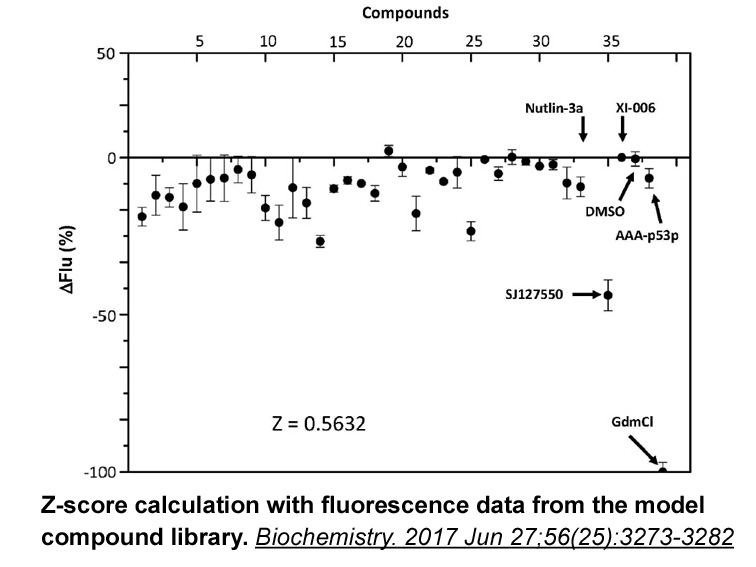
Human Glucocorticoid Receptor (hGR) was first cloned in 1985 (Hollenburg et al., 1985). It is a modular protein comprised of an N-terminal trans-activating domain (NTD), a C-terminal ligand-binding domain (LBD) and a central DNA- binding domain (DBD). The DBD is highly conserved and has two zinc fin
-
Fatty acids are also known to activate G
2022-06-05

Fatty acids are also known to activate G-protein coupled receptors (GPCRs). LCFAs activate the GPCRs for free fatty Lonafarnib (FFA)1 and FFA4 (Briscoe et al., 2003; Hirasawa et al., 2005), whereas SCFAs activate FFA2 and FFA3 receptors, which are expressed in bovine neutrophils (Alarcon et al., 20
-
Because FPR is expressed in VSMCs and its role in
2022-06-02
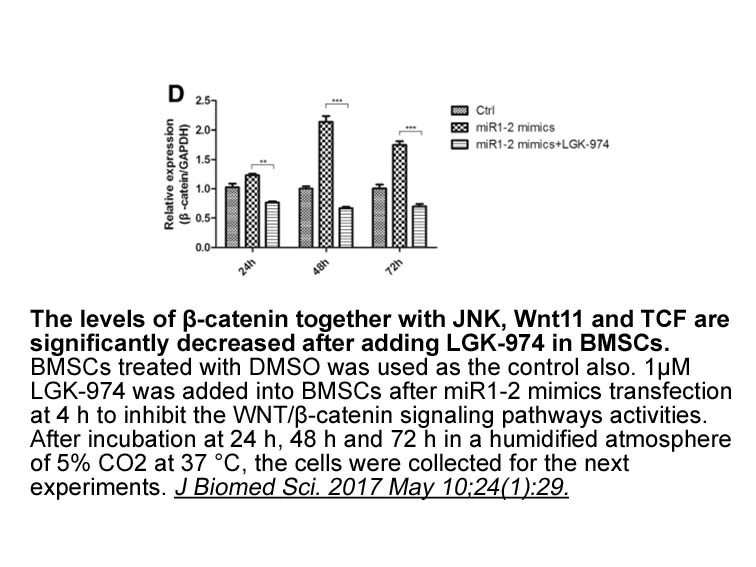
Because FPR-1 is expressed in VSMCs and its role in non-hematopoietic cells is still unclear, we questioned whether FPR-1 would have physiological relevance for vascular behavior, in the same way as it does in neutrophils (Ca2+ homeostasis and PPT polymerization). First, we tested if FPR-1 is invol
-
br Conflict of interest br Author
2022-06-02

Conflict of interest Author contributions Introduction 2-Quinolones [quinoline-2(1H)-ones], while less prominent than the isomeric 4-quinolones, nevertheless enjoy significant attention as scaffolds in compounds exhibiting a variety of biological activities. These include: 4-aryl-6-chloroqu
-
Apigenin trihydroxyflavone a natural plant flavone is a
2022-06-02
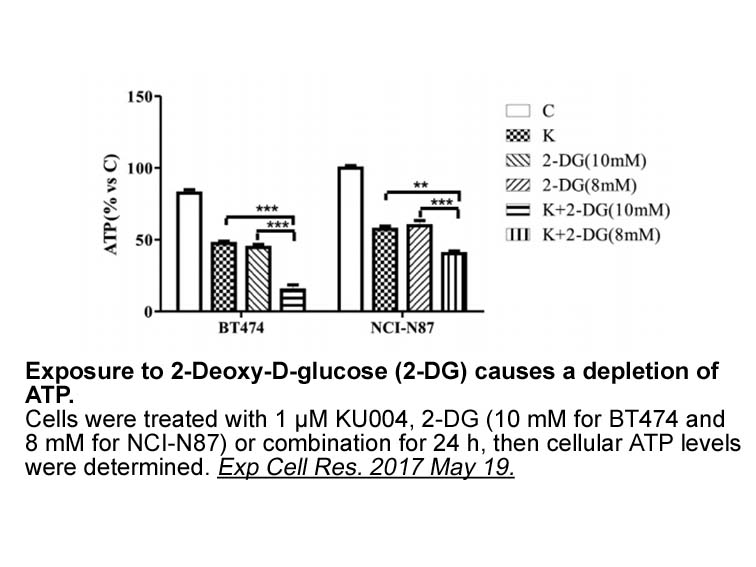
Apigenin (4′, 5, 7-trihydroxyflavone), a natural plant flavone, is a bioactive compound present in a variety of fruits, vegetables, and medicinal plants, and its various beneficial biological activities have been reviewed (Zhou et al., 2017), including HIF-1α inhibition-mediated anti-tumor. Recently
-
Although HK localizes mainly to either
2022-06-02

Although HK localizes mainly to either the cytosol or mitochondria [29], [30], [31] and cardioprotection is associated with increased mitochondrial HK binding, some studies have identified a component of HK located in intracellular vesicles within the cardiomyocyte [48], [61], supporting older data
-
br Acknowledgements br Introduction Pregnancy
2022-06-02

Acknowledgements Introduction Pregnancy brings forth significant metabolic reprogramming that induces a number of metabolic changes to ensure that the nutrient requirements of the mother and fetus are met [[1], [2], [3]]. These adaptations change radically over the period of pregnancy dependin
-
The discovery that the physiological functions of
2022-06-02

The discovery that the physiological functions of LPI are associated with the activation of specific GPR55 membrane receptor [4] has launched a new era of research on this lysophospholipid. However, the activation of membrane receptors by lysophospholipids is extremely complex due to the multitude o
-
In addition researchers studying GPR agonists favor
2022-06-02

In addition, researchers studying GPR119 agonists favor the developing of candidate drugs that are more potent than DPP-4 inhibitors given that the latter are moderate agents in the treatment of DM. Although it GSK2126458 sale is unclear why Sanofi-Aventis chose to terminate collaboration with Meta
-
One difficulty in studying gp is that
2022-06-02

One difficulty in studying gp120 is that it binds to more than one receptor. Understanding how pathways cu sale respond to gp120 is complex because of this promiscuity. In an attempt to establish the contribution of CXCR4 in the antagonistic effect of gp120 on morphine-induced antinociception, AMD3
14834 records 415/989 page Previous Next First page 上5页 411412413414415 下5页 Last page